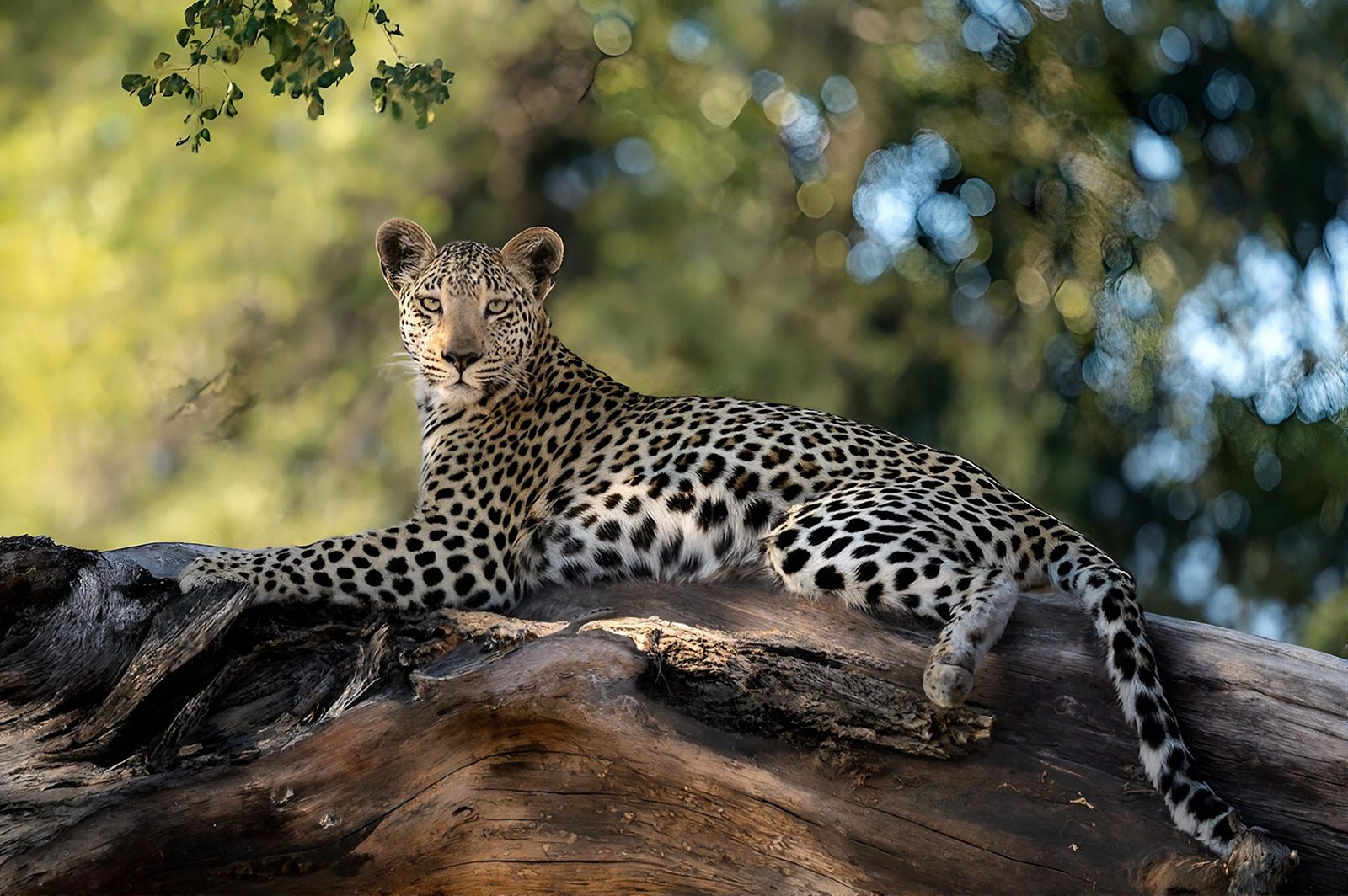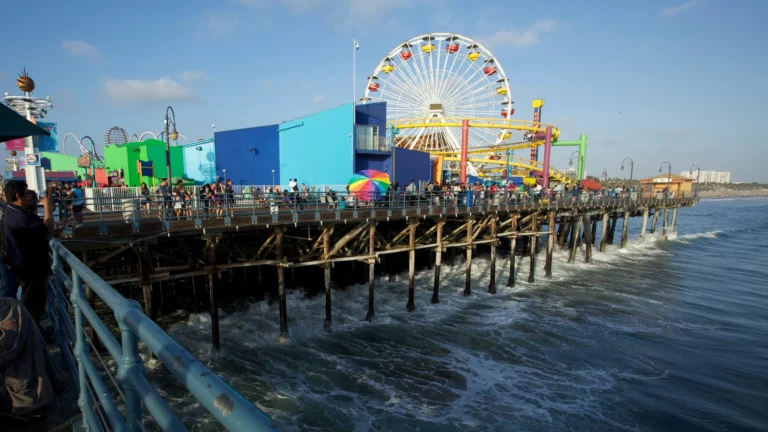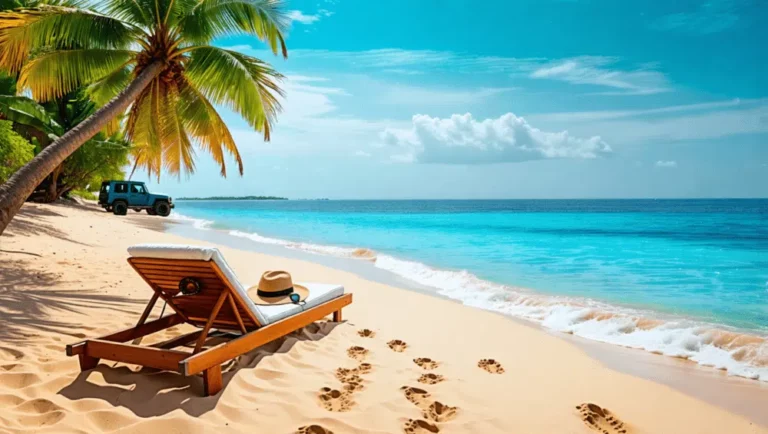Your Dream Safari Is an All-Inclusive Trip Really Worth It?
Hey there, adventure seeker! Have you ever scrolled through Instagram and seen those epic photos of people in jeeps, binoculars in hand, staring down a pride of lions? Or maybe you’ve dreamt of watching a majestic elephant herd amble by as the sun sets in a fiery blaze? Well, you’re not alone. In fact, the idea of a safari vacation is the stuff of legends, a true bucket-list item for anyone who loves nature and a bit of a thrill.
However, let’s be real, planning can feel like trying to solve a Rubik’s Cube blindfolded. Where do you even start? The endless flight options, the different parks, the types of lodges, the food… It’s enough to make you want to book a beach resort instead. And that’s exactly why we need to talk about all-inclusive safari vacations.
Think of it like this: you’ve been invited to a massive, super cool party in the African bush. As a result, the host, in this case, your tour operator, has already taken care of literally everything. Your ticket to the party, the ride to get there, the amazing food and drinks, and even the best seat in the house to watch the main show (the wildlife, of course). You just show up, ready to have the time of your life. So, is it worth it? Let’s dive in and see what makes these trips the ultimate way to go wild.
Tag image: A tourist relaxing on a deck chair at a luxury safari lodge, looking out at a vast savanna landscape with a few acacia trees.
What Exactly Is Included in an All-Inclusive Safari?
Alright, let’s get down to the nitty-gritty. First and foremost, the term “all-inclusive” can be a bit of a chameleon, changing its meaning from one place to another. But for a safari, it generally means a whole lot more than just unlimited soft drinks. We’re talking about a package deal that covers almost every single thing you could need from the moment you land until the moment you leave.
First up, the big one: accommodations. Typically, this includes a stay at a top-tier lodge or a classic tented camp. And let me tell you, these aren’t your typical camping trips. We’re talking about king-sized beds, private verandas, and sometimes even a plunge pool with a view of a watering hole. Just imagine waking up to the sound of a hippo grunting in the distance. It’s an alarm clock you’ll actually want to set.
Next, the food and drinks. You won’t be living on a diet of granola bars. On the contrary, all meals are typically included, and they’re often gourmet affairs. Think about multi-course dinners under the stars, with a crackling campfire nearby. Moreover, most packages also include drinks, from morning coffee to sundowners, those amazing cocktails you sip while watching the sun disappear below the horizon.
And then, the real magic: the safari activities. This is what you came for, right? All game drives, which are usually led by a highly experienced guide, are part of the deal. They know the animals, they know the land, and they’ve got the stories to prove it. In addition, some trips even include walking safaris, where you get to stretch your legs and learn about the smaller details of the bush, or even hot air balloon rides for a breathtaking bird’s-eye view.

A Breakdown of Typical Inclusions
To give you a clearer picture, here’s a typical checklist of what you can expect to be included.
- Accommodation: Lodges, tented camps, or luxury camps.
- Meals: Breakfast, lunch, dinner, snacks, and sometimes even picnic lunches during game drives.
- Drinks: Water, soft drinks, local beers, wines, and sometimes premium spirits.
- Game Drives: Usually two per day (morning and afternoon) in a 4×4 vehicle with a guide.
- Park Fees: All national park and conservation fees are paid for. This is a huge one, since these fees can be surprisingly high!
- Internal Transfers: This includes flights between camps or ground transfers from the airstrip. Therefore, you don’t have to worry about the logistics of getting from A to B.
You see? It’s not just a vacation; it’s an entire ecosystem of convenience.

How to Pick the Perfect All-Inclusive Safari for You
Choosing the right safari is like picking a superpower. Do you want to fly, be invisible, or have super strength? Similarly, in this case, do you want to see the Great Migration, track gorillas, or just chill and see a little bit of everything? Ultimately, your perfect trip depends on what you want to experience and where you want to go.
Location, Location, Location: A Quick Guide
- Kenya & Tanzania: The classic. This is where you go if you want to see the Great Migration of wildebeest and zebra. The landscapes are iconic, and as a bonus, the wildlife is abundant. It’s like a live-action version of The Lion King.
- South Africa: This is a great choice if you’re looking for a mix of safari and city life. Many parks, such as Kruger, are easily accessible, and the lodges are incredibly luxurious. Furthermore, you can often tack on a trip to Cape Town or the wine regions.
- Botswana: For the truly adventurous. Botswana offers a more exclusive and wild experience, and it often involves water safaris in the Okavango Delta. It’s a bit pricier, but you’ll feel like you have the whole place to yourself.

The Cost of a Dream: What to Expect
Let’s talk about the elephant in the room. Or rather, the cost of seeing the elephant in the room. To be sure, all-inclusive safaris are not cheap, but for a very good reason. You’re paying for expertise, safety, and an unparalleled level of service. The price can vary significantly depending on the destination, level of luxury, and the season of travel.
Note: These are just estimates. Prices can be lower during the off-season or for different types of camps.
Ultimately, you’re not just paying for a room. You’re paying for a team of experts, a fleet of vehicles, a full-time chef, and an entire logistical operation that ensures your safety and enjoyment in the middle of nowhere. Therefore, it’s an investment in a memory you’ll never forget.

Expert Advice and Tips for Your Safari Journey
Okay, you’re sold on the idea. So now, what do you need to know to make your trip epic? A little preparation goes a long way, and as someone who has seen the good, the bad, and the muddy, I’ve got a few pearls of wisdom for you.
- Pack Light, but Smart: Most internal flights have strict luggage limits (around 15kg or 33 lbs in a soft-sided bag). Forget the giant suitcase. Think layers, neutral colors (no bright white or blue), and a good hat. In fact, trust me, you’ll be glad you did when you’re not wrestling with a heavy bag at every tiny airstrip.
- Listen to Your Guide: This isn’t a suggestion, it’s a rule. Your guide is your human encyclopedia, your protector, and your best friend in the bush. They know the animals’ behavior and how to keep you safe. For example, if they say stay in the vehicle, you stay in the vehicle. No exceptions.
- Stay Hydrated and Protected: The African sun is no joke. Drink lots of water, even if you don’t feel thirsty, and wear a good-quality sunscreen. You’ll be spending hours in the open air, and a sunburn is the worst souvenir you can bring home.
- Embrace the Unpredictable: This is the wild, not a theme park. There’s no guarantee you’ll see the “Big Five” (lion, leopard, elephant, rhino, buffalo) on your first day. Or your second. Or ever. The joy of a safari is in the surprise, the unexpected sighting of a rare bird, a leopard hiding in a tree, or a baby giraffe stumbling on its long legs. In short, be patient and enjoy the journey, not just the destination.
Conclusion: Why an All-Inclusive Safari is the Ultimate Adventure
To summarize, we’ve walked through the ins and outs of an all-inclusive safari vacation. From understanding what’s included to figuring out the costs and getting the best tips, it’s clear that this style of travel is about more than just convenience. It’s about freedom. It’s the freedom to fully immerse yourself in the moment, without a single thought about logistics, reservations, or where your next meal is coming from.
An all-inclusive safari isn’t just a trip; it’s an education. You’ll learn about animal behavior, conservation efforts, and the delicate balance of a wild ecosystem. You’ll meet incredible people, both fellow travelers and the dedicated staff who make these adventures possible. Augh, you’ll be awestruck, and maybe you’ll even shed a tear or two when you see something truly magnificent. It’s an experience that changes your perspective and leaves you with a deep appreciation for the natural world.
Therefore, if you’re dreaming of a safari, stop dreaming and start planning. An all-inclusive package is your ticket to a stress-free adventure, ensuring that your only job is to sit back, relax, and let the wild show you a side of the world you never knew existed.
FAQs
1. Is an all-inclusive safari better than a DIY trip? For most people, yes. It takes all the guesswork out of logistics, which can be incredibly complicated in remote areas. Ultimately, everything from flights to accommodations and game drives is handled for you, allowing you to focus on the experience.
2. What’s the best time of year to go on safari? This depends on the destination. The dry season (usually June to October in East Africa) is popular because animals congregate at water holes, making them easier to spot. However, the wet season (November to May) offers lush, green landscapes and great opportunities for bird watching.
3. Do I need any vaccinations before my trip? Yes. You should consult a travel clinic or your doctor at least 6-8 weeks before your trip to discuss necessary vaccinations (like Yellow Fever) and malaria prophylaxis.
4. What wildlife can I expect to see? While no one can guarantee sightings, most safaris offer the chance to see the “Big Five” (lion, leopard, elephant, rhino, and buffalo), as well as giraffes, zebras, cheetahs, and countless species of birds.
5. How much cash should I bring? Since most expenses are covered, you’ll only need cash for tips for your guide and staff, or for souvenirs. A good rule of thumb is to have some small denominations of local currency or US dollars on hand.






